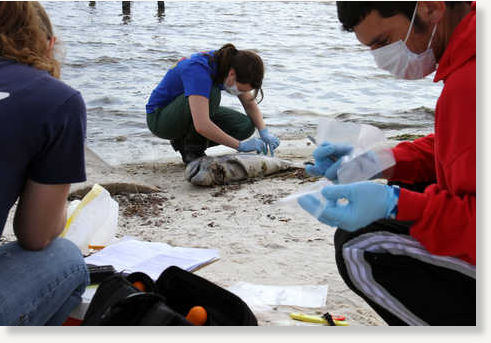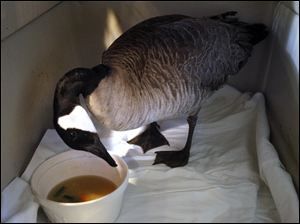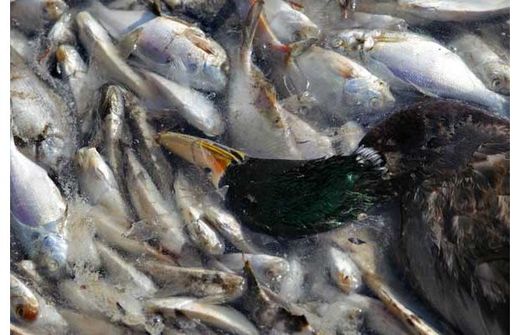
© Patrick Verdier / Wikipedia
Salmon, Idaho - Bob Appleby will learn this spring if the evergreen tree in his yard in Montana has survived a mysterious outbreak threatening to kill thousands of Austrian pines across the state.
"It was a real pretty tree; we just want it to stay alive," the Bozeman, Montana man said about a towering Austrian pine cropped to 15 feet to stem the onslaught of what
scientists say is an ailment of unknown origins happening in epidemic proportions.Although native to Europe, the tree has gained extensive ground in Idaho, Montana and Wyoming, where the pine's dense needles, uniform shape and tolerance of tough conditions have made it a popular planting in downtowns, parks and private properties.
In a trend experts say has emerged in recent months, the tree's top branches brown and die at the start of what appears to be a march down the trunk despite preventative pruning.
"As we go through winter, these trees are continuing to die; it's one big laboratory out there," said Linnea Skoglund, plant disease expert with Montana State University.
Skoglund said the school's Schutter Diagnostic Lab has been flooded with calls from city foresters, tree surgeons and landscapers, all alarmed by the sudden decline of Austrian pines.


